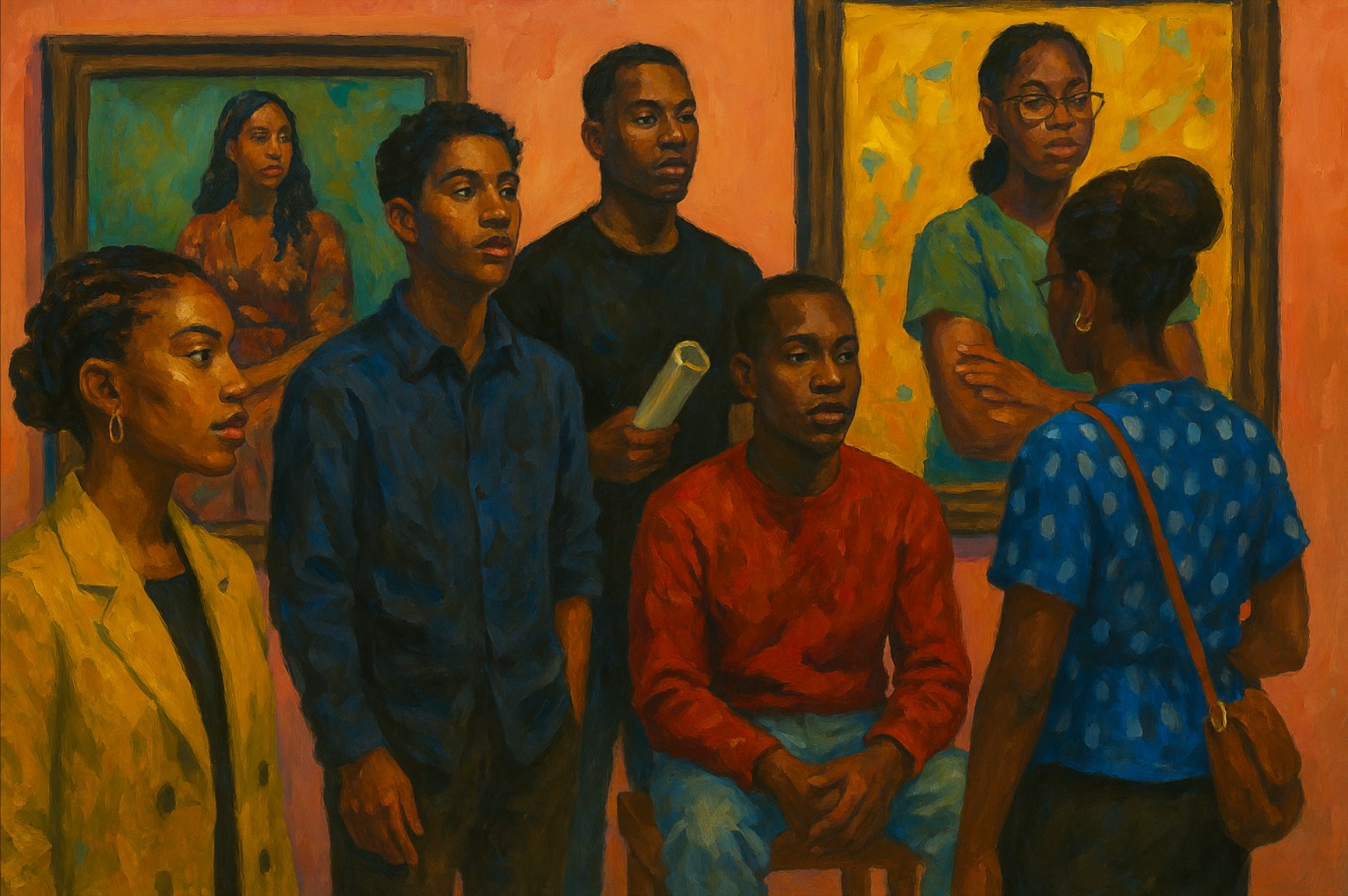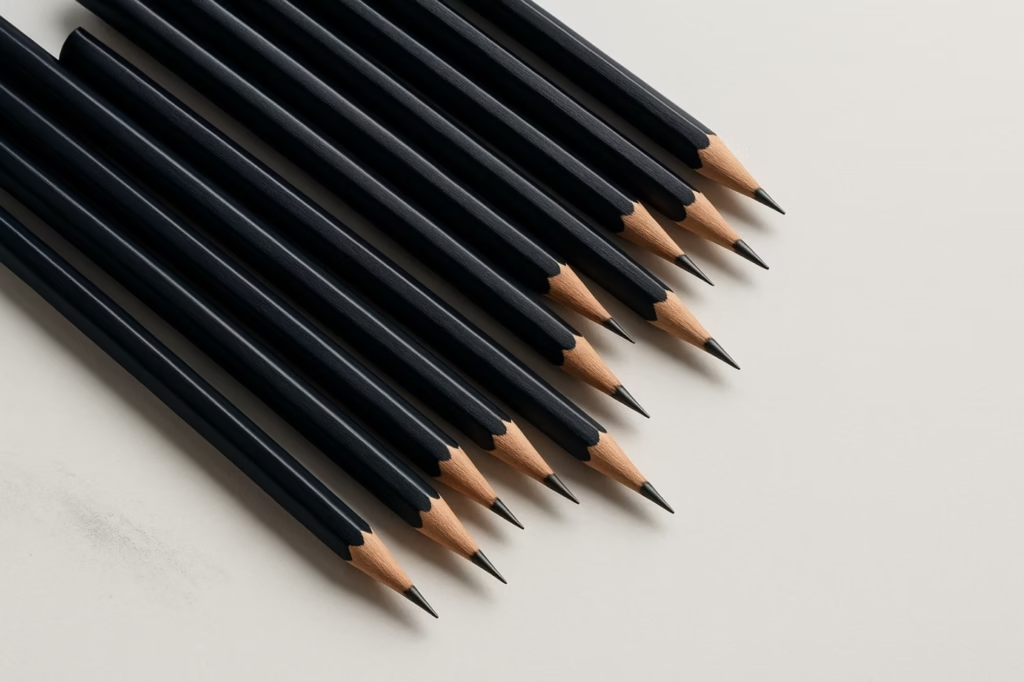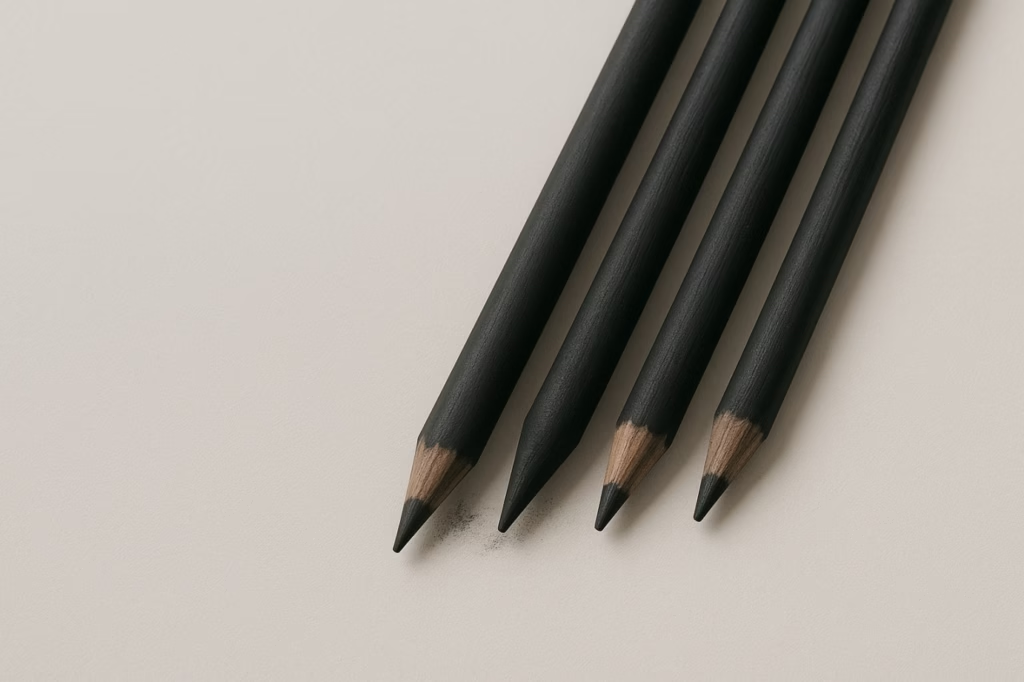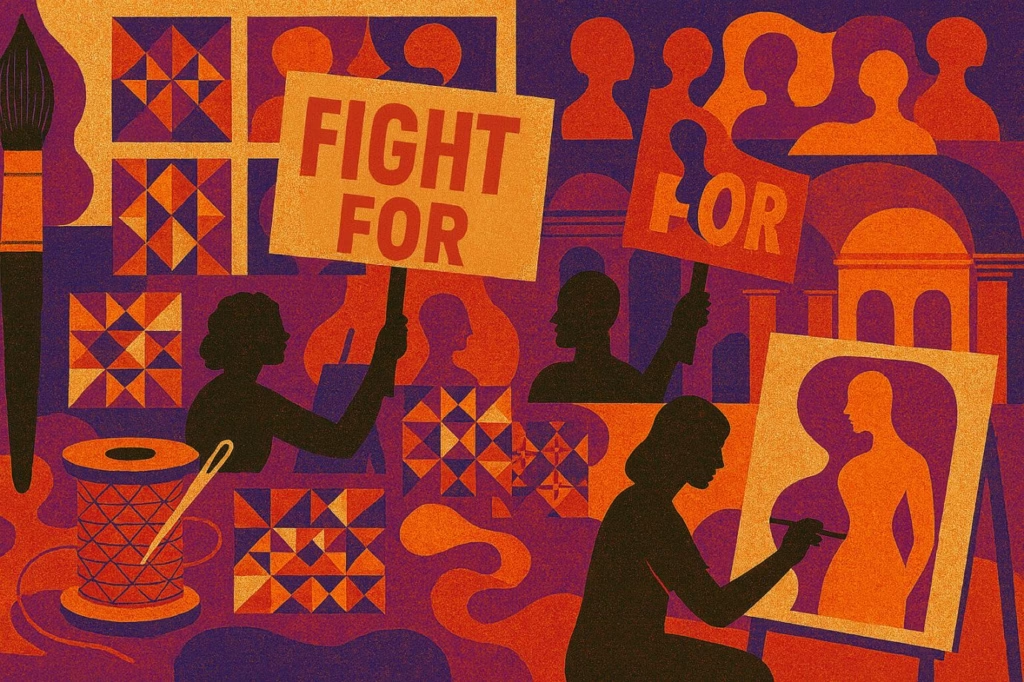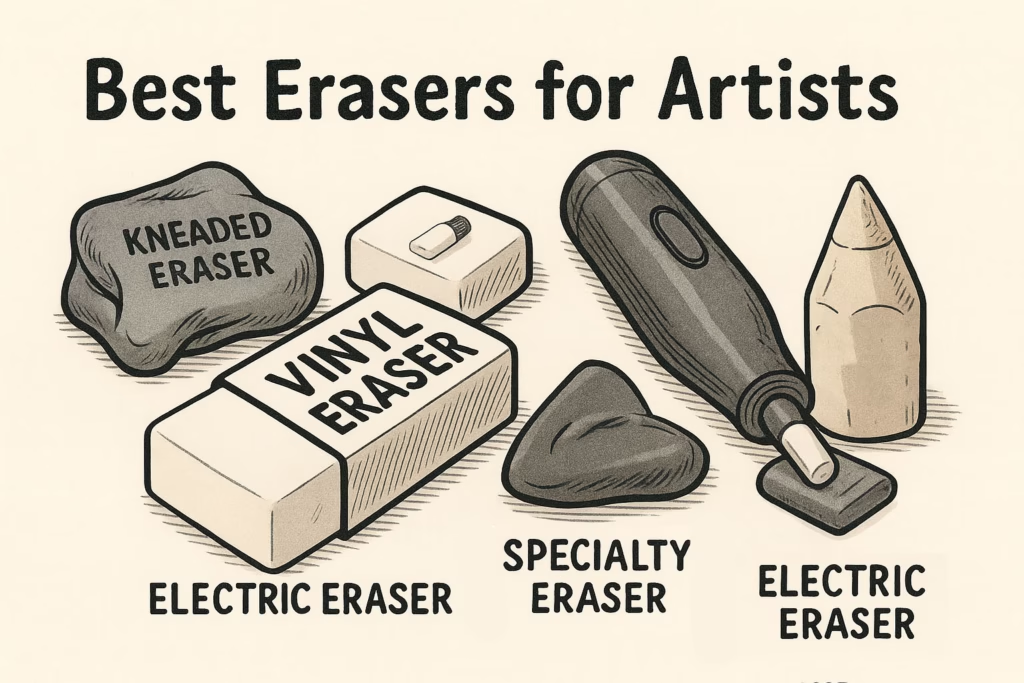The year 2025 marks a pivotal moment in the evolution of figurative art. After decades of abstract and conceptual art dominating gallery walls, figurative art has experienced a remarkable renaissance, with contemporary artists breathing new life into this timeless tradition. The artists working in this way are called figurative painters. Their work are reminiscent of the old masters with an added dose of modernity.
This resurgence reflects our collective hunger for authentic human connection in an increasingly digital world. The artists featured in this list represent a global movement that transcends geographical boundaries, cultural divides, and artistic conventions, focusing specifically on representational art that depicts the human form.
The Renaissance of Figurative Art
Contemporary figurative art has evolved far beyond traditional portraiture and life drawing. We will see more interest in artists experimenting with the human figure and their surroundings through representational and figurative art and movement. Today’s artists are using the human form as a canvas for exploring identity, cultural heritage, social justice, and the complexities of modern existence.
Since, figurative painting has continued its resurgence, and its current forms feature a wide range of experimental forms, compositions and subjects. The modern revival can be attributed to the desire for authentic human representation, growing emphasis on diversity in the art world, and evolution of techniques that allow for more expressive interpretations of the human form.
Top 10 Figurative Artists to Watch in 2025
1. Lynette Yiadom-Boakye (British-Ghanaian)
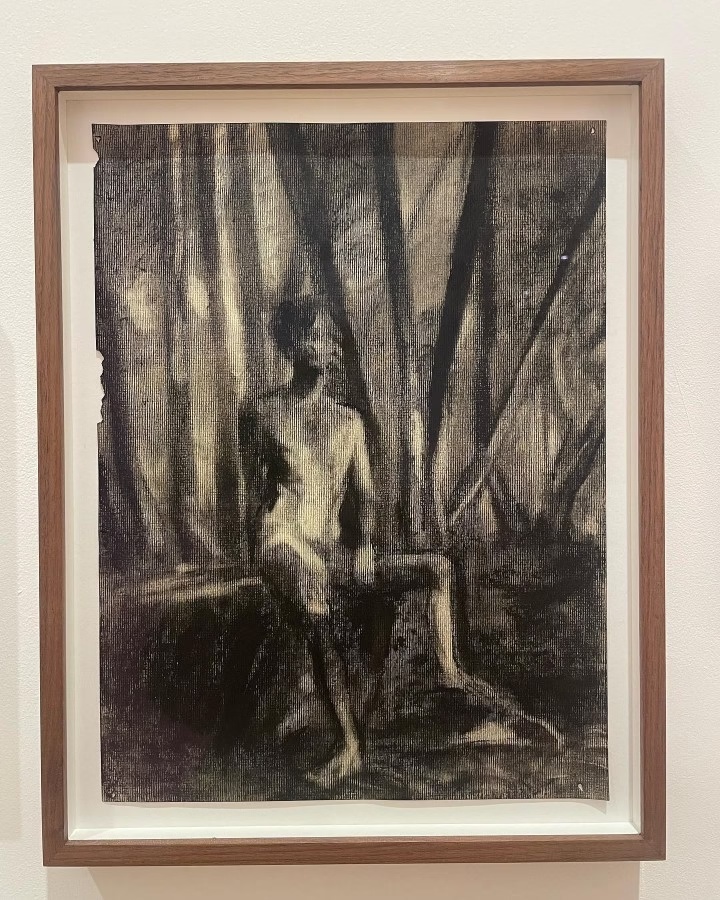
Gallery: Jack Shainman Gallery
Instagram: @lynetteyiadomboakye
British artist and writer Lynette Yiadom-Boakye is renowned today for her stirring figurative portrayals of fictional black characters, painted from found images, memory, and imagination. Set amidst brooding light in active poses and unusual costumes or clothing, they suggest stories without revealing their complete narratives.
Yiadom-Boakye was the number one most bankable ultra-contemporary artist (artists born after 1974) in Artnet’s Intelligence Report Mid-Year Review 2024, with a 100% sell-through rate across seven lots at auction and a total of $7.7 million in sales. Her work represents a powerful voice in contemporary figurative painting, creating imaginary portraits that feel profoundly real and emotionally resonant.
2. Jordan Casteel (American)
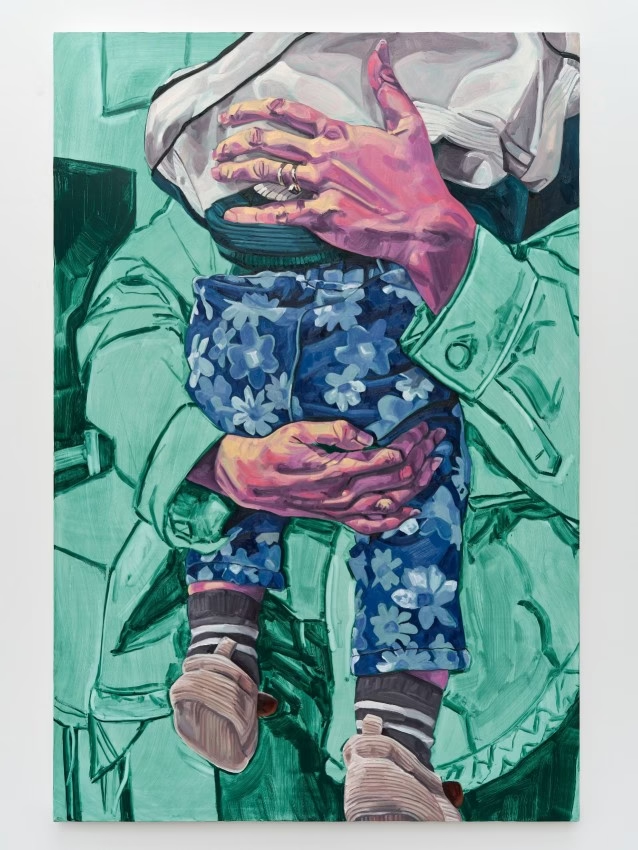
Gallery: Casey Kaplan Gallery | Rutgers University Faculty
Website: https://www.jordancasteel.com/
Instagram: @jordanmcasteel
The 31-year-old Jordan Casteel is an American figurative painter who lives and works in New York City. Casteel typically paints intimate portraits of black men, sisters, daughters, friends and lovers from Harlem. Her bold and ease use of colors and wide palette, to depict skin tones and shades, creates powerful representations of her community.
“Jiréh” (2013) by Jordan Casteel, from her Visible Man series reached $687,500. Her work focuses on making visible those who are often overlooked, creating dignified portraits that celebrate Black identity and community relationships.
3. Kerry James Marshall (American)
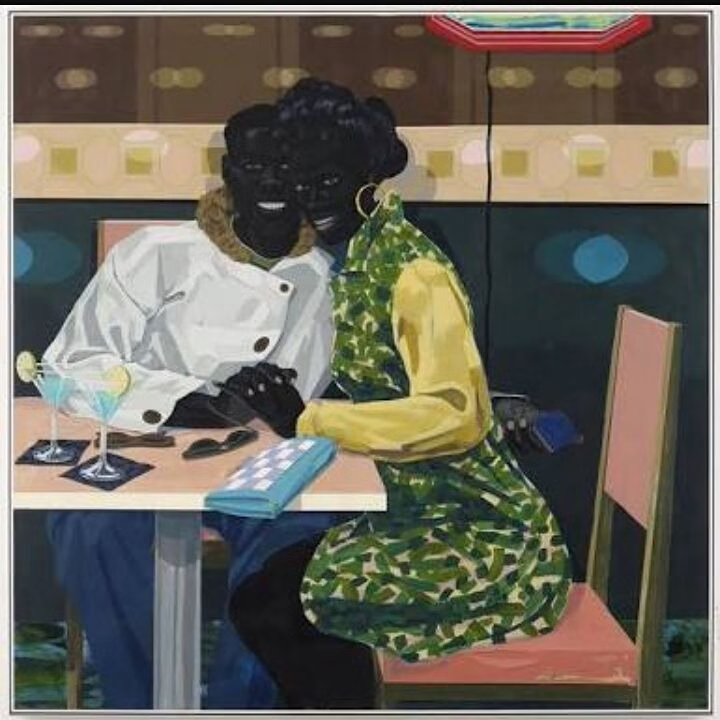
Gallery: David Zwirner Gallery
Website: Available through gallery representation
Instagram: @kerryjamesmarshs
Kerry James Marshall, who is among the most critically recognized painters focused on figuration and Black subjects, continues to be a major force in contemporary figurative art. His large-scale paintings address the absence of Black figures in art history while creating powerful new narratives.
Marshall’s comic book-influenced style and bold use of black paint creates figures that are unapologetically Black, challenging traditional Western art conventions while maintaining technical mastery that rivals any classical painter.
4. Mickalene Thomas (American)
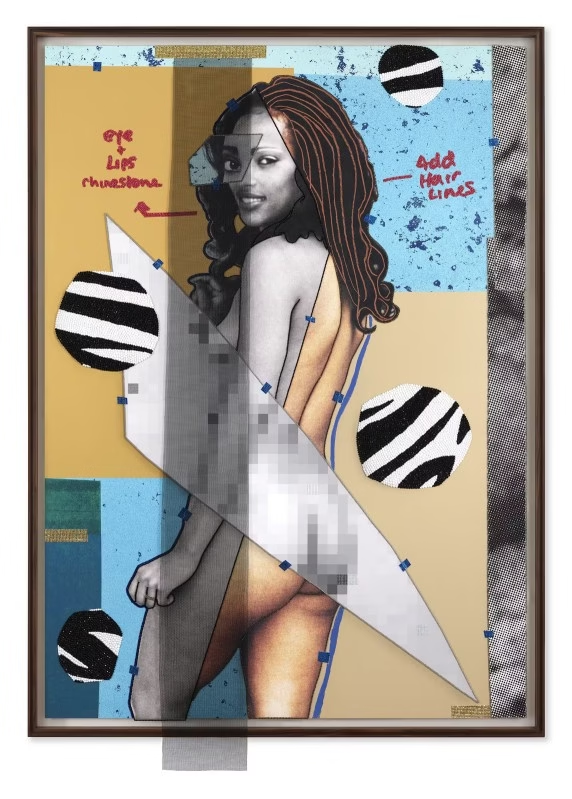
Gallery: Lehmann Maupin Gallery
Website: https://mickalene.herokuapp.com/
Instagram: @mickalenethomas
“Racquel Reclining Wearing Purple Jumpsuit” (2016) by Mickalene Thomas sold for significant amounts at auction, reflecting her growing market recognition. Thomas creates elaborate portraits and interior scenes that celebrate Black female beauty and sexuality.
Her work combines painting with collage, rhinestones, and other materials, creating complex compositions that reference both art history and popular culture. Her portraits challenge traditional representations of Black women in art.
5. Amy Sherald (American)
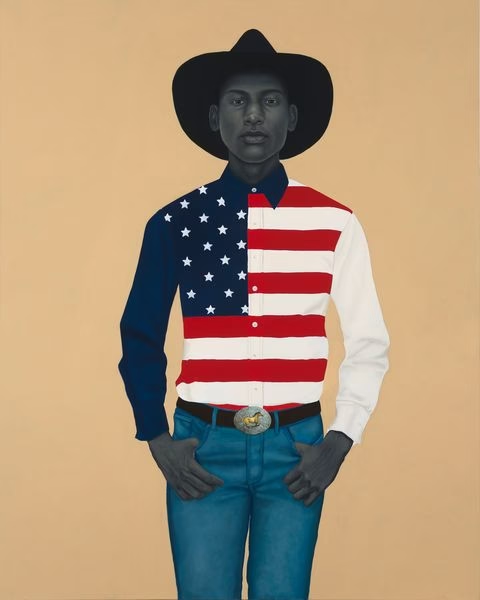
Gallery: Hauser & Wirth
Instagram: @asherald
Sherald gained international recognition for her portrait of former First Lady Michelle Obama, but her broader body of work focuses on creating dignified portraits of Black Americans. Her distinctive style features grayscale skin tones against vibrant, patterned backgrounds.
Her portraits create a sense of timelessness while addressing contemporary issues of representation and identity. Sherald’s work has been featured in major museum exhibitions and continues to gain critical acclaim.
6. Kehinde Wiley (American)
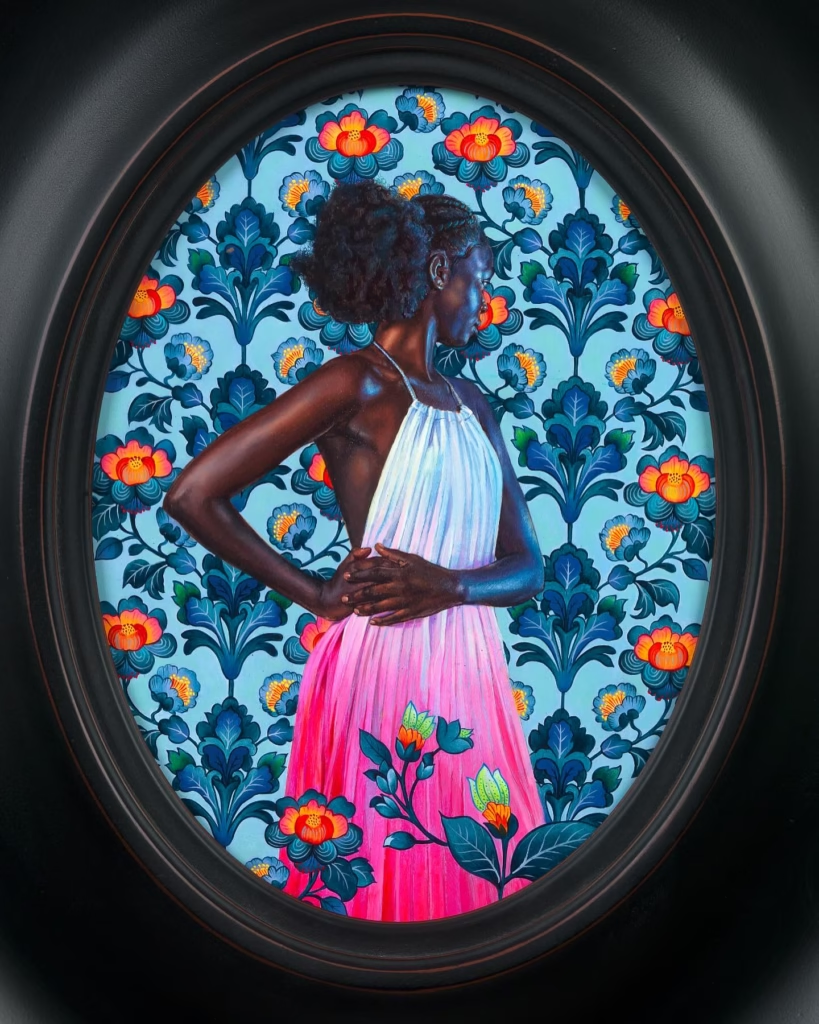
Gallery: Sean Kelly Gallery | Templon Gallery
Website: Available through gallery representation
Instagram: @kehindewiley
Examples include the art-historically informed portraits of Currin and Kehinde Wiley, who continues to be influential in contemporary figurative painting. Known for his portraits that place Black subjects in poses traditionally associated with European aristocratic portraiture.
His elaborate floral backgrounds and classical poses create a dialogue between art history and contemporary identity politics. Wiley’s work challenges who gets to be represented in positions of power and dignity in art.
7. Aliza Nisenbaum (Mexican-American)
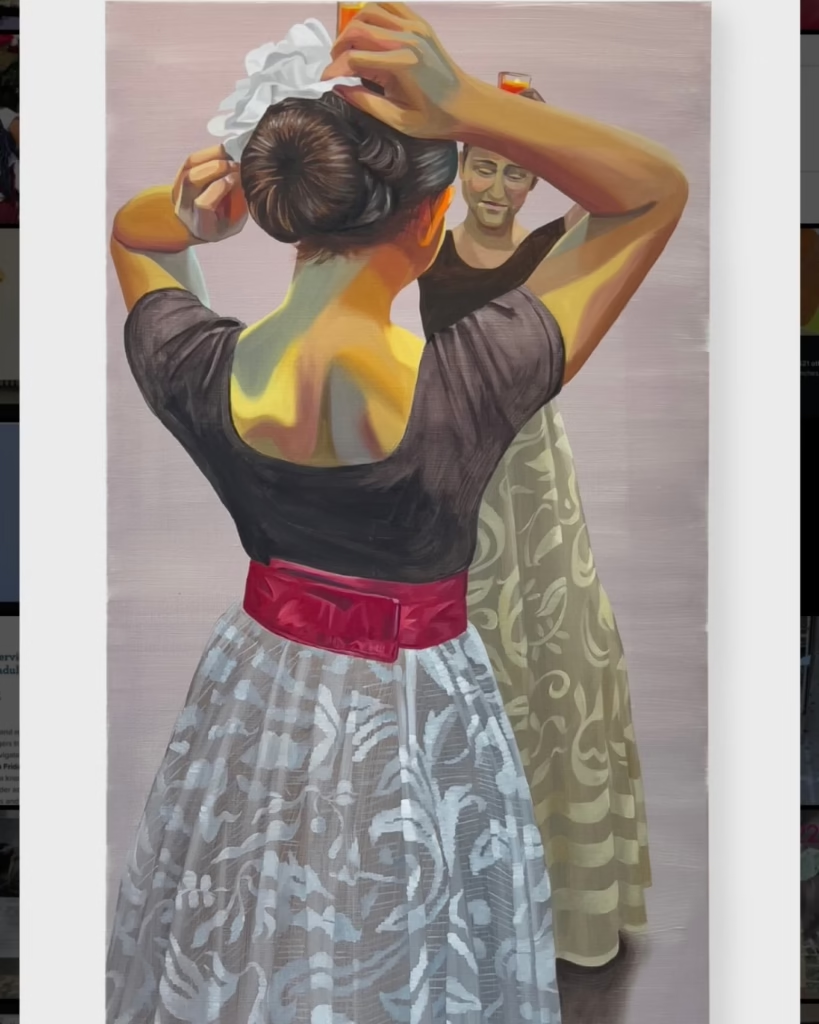
Gallery: Anton Kern Gallery | Mary Boone Gallery
Website: Available through gallery representation
Instagram: @alizanisenbaum
Aliza Nisenbaum, Jordan Casteel, Celeste Dupuy-Spencer and Njideka Akunyili Crosby are among the contemporary portraitists leading the current figurative painting movement. Nisenbaum creates intimate portraits of immigrants and community members, often painting people from her local community.
Her work focuses on making visible immigrant communities, creating portraits that emphasize the humanity and dignity of her subjects. Her technique combines realistic rendering with bold color choices that give her portraits emotional depth.
8. Njideka Akunyili Crosby (Nigerian-American)
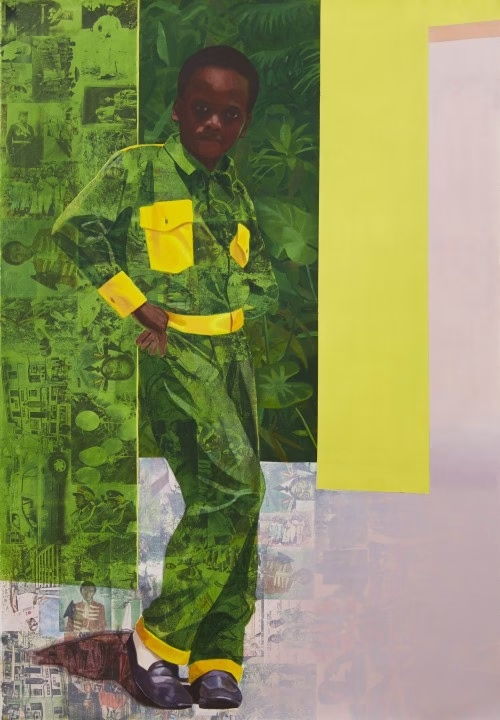
Gallery: David Zwirner Gallery
Website: https://www.njidekaakunyilicrosby.com/
Instagram: @njidekaakunyilicrosby
Also mentioned among the leading contemporary portraitists, Akunyili Crosby creates complex mixed-media paintings that explore her Nigerian-American identity. Her portraits incorporate photo transfers, fabric, and paint to create layered narratives.
Her work addresses themes of cultural identity, belonging, and the immigrant experience through intimate domestic scenes and portraits that blend African and American visual cultures.
9. Celeste Dupuy-Spencer (American)
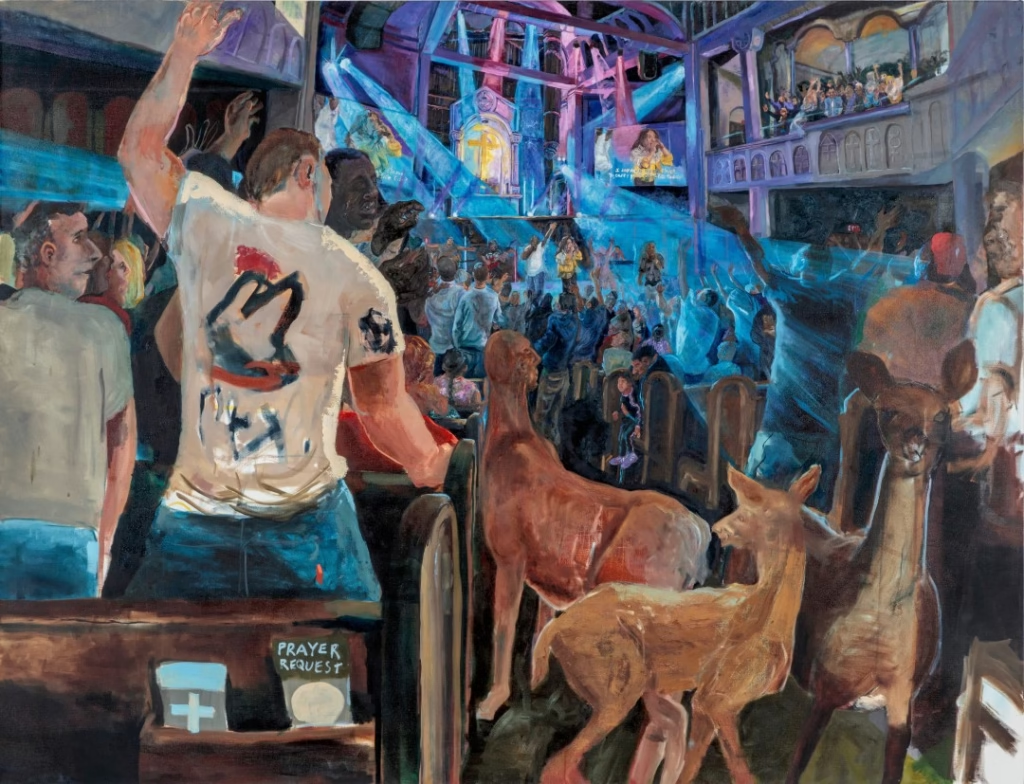
Gallery: https://www.miergallery.com/artists/celeste-dupuy-spencer
Website: Available through gallery representation
Instagram: @_celesters_
Celeste Dupuy-Spencer is recognized among the contemporary artists driving the current interest in figurative painting. Her work often depicts working-class Americans in everyday settings, addressing social and political issues through portraiture.
Her paintings combine realistic rendering with expressionistic brushwork, creating emotionally charged portraits that address issues of class, politics, and social justice in contemporary America.
10. Norris Yim (Hong Kong)
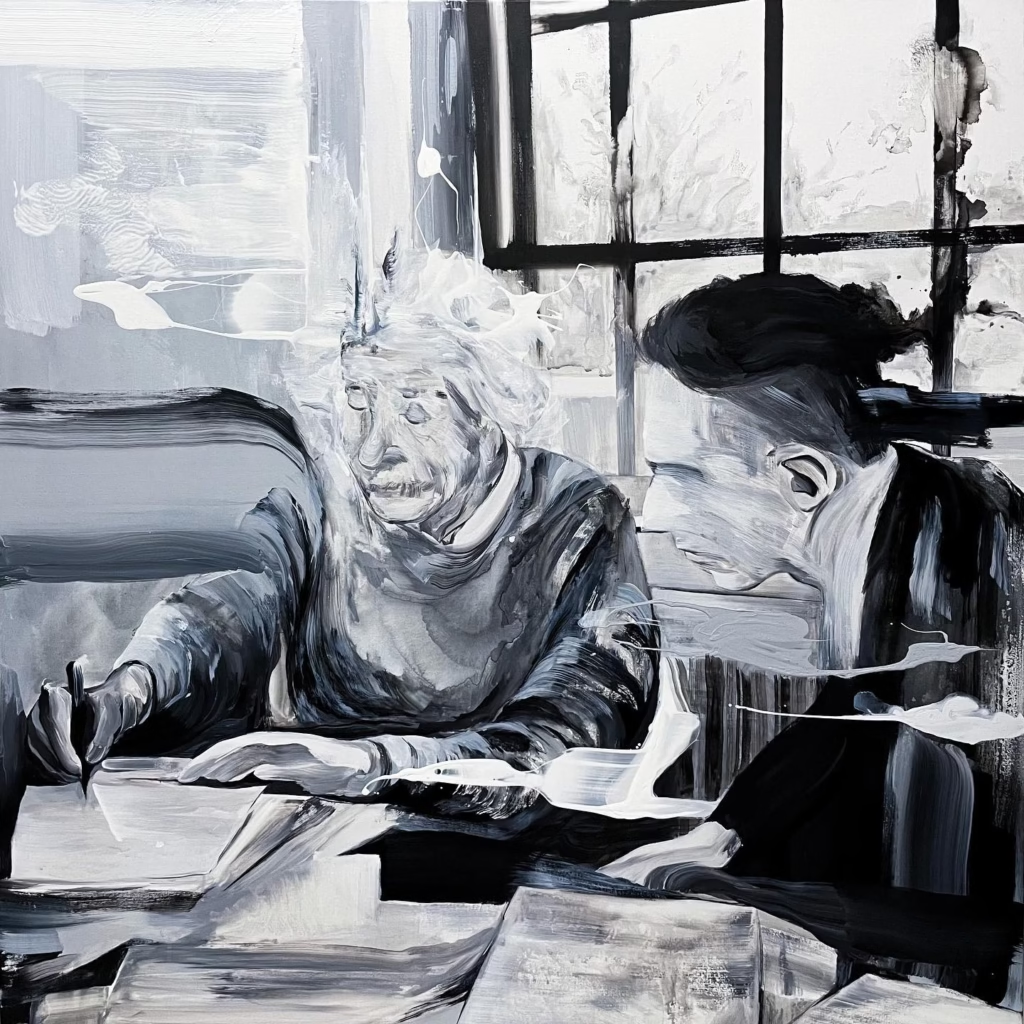
Website: https://www.norrisyimart.com/
Instagram: @norrisyimart
Hong Kong-based artist Norris Yim combines abstraction and figuration in his stunning paintings. Whilst figurative art is of representation, Yim’s works are a means of self-presentation as he transforms his observations of others. Yim paints with a specific subject in mind, processing them through his unique artistic vision.
His work represents the global nature of contemporary figurative art, bringing Asian perspectives to the international figurative painting conversation while maintaining focus on human representation.
Emerging Trends in Figurative Art
The contemporary figurative art scene is characterized by several key developments. There’s unprecedented emphasis on diversity and inclusion, with artists from previously underrepresented backgrounds gaining recognition. Anyone who informs you that there’s been a recent resurgence of figurative painting – especially the kind of person who says this in relation to portraiture by artists such as Lynette Yiadom-Boakye, Aliza Nisenbaum, Jordan Casteel, Celeste Dupuy-Spencer and Njideka Akunyili Crosby – should be swiftly apprised that portraiture never went away.
Social and political commentary has become central to much contemporary figurative work. Artists are using the human form not just as aesthetic subjects, but as vehicles for addressing issues of identity, justice, and social change. This gives contemporary figurative art relevance and urgency that connects with current global conversations.
The rise of auction market success for these artists, as evidenced by record-breaking sales, demonstrates that collectors and institutions are recognizing the importance and quality of contemporary figurative work.
How to Engage with These Artists
Many of these artists are represented by major galleries and regularly featured in museum exhibitions worldwide. Their work can be viewed at institutions like the Whitney Museum, MoMA, Tate Modern, and other major contemporary art venues.
For collectors, the auction market has shown strong performance for contemporary figurative artists, with paintings by 10 of the most highly regarded Black contemporary artists active today were featured in Christie’s inaugural 21st Century Evening Sale in New York. Six set new artist records, including four figurative works by women artists.
Gallery representation varies among these artists, with most working with established international galleries. Researching each artist’s exhibition history and upcoming shows provides opportunities to view their work in person.
Conclusion
The figurative artists highlighted in this list represent the current leaders in contemporary representational art. Their diverse backgrounds, innovative techniques, and compelling subject matter demonstrate that figurative art is not only thriving in 2025 but leading important conversations about identity, representation, and social justice.
These artists prove that the human form remains one of art’s most powerful subjects, capable of expressing the full range of contemporary experience while maintaining connection to art’s rich historical traditions. Their market success and critical acclaim indicate that figurative art will continue to be a major force in contemporary art.
Frequently Asked Questions
What defines figurative art in 2025? Contemporary figurative art maintains its focus on representing recognizable forms, particularly the human figure, but has expanded to include diverse cultural perspectives and contemporary themes addressing identity, social justice, and representation.
How are these artists influencing the figurative art scene? These artists are expanding who gets represented in figurative art, bringing diverse cultural perspectives, and addressing contemporary social issues while maintaining technical excellence in their painting practices.
Where can I view works by these artists? Many of these artists have regular exhibitions at major museums and galleries worldwide. Their work is also featured in important auction sales and can be viewed through established gallery representations.
What themes are prevalent in contemporary figurative art? Current themes include identity exploration, representation of marginalized communities, cultural heritage, social justice, and challenging traditional art historical narratives about who gets portrayed in positions of dignity and power.
Why is contemporary figurative art so successful in the market? The combination of technical excellence, contemporary relevance, and addressing representation gaps in art history has made these works highly sought after by collectors and institutions, resulting in strong auction performance and museum acquisitions.

